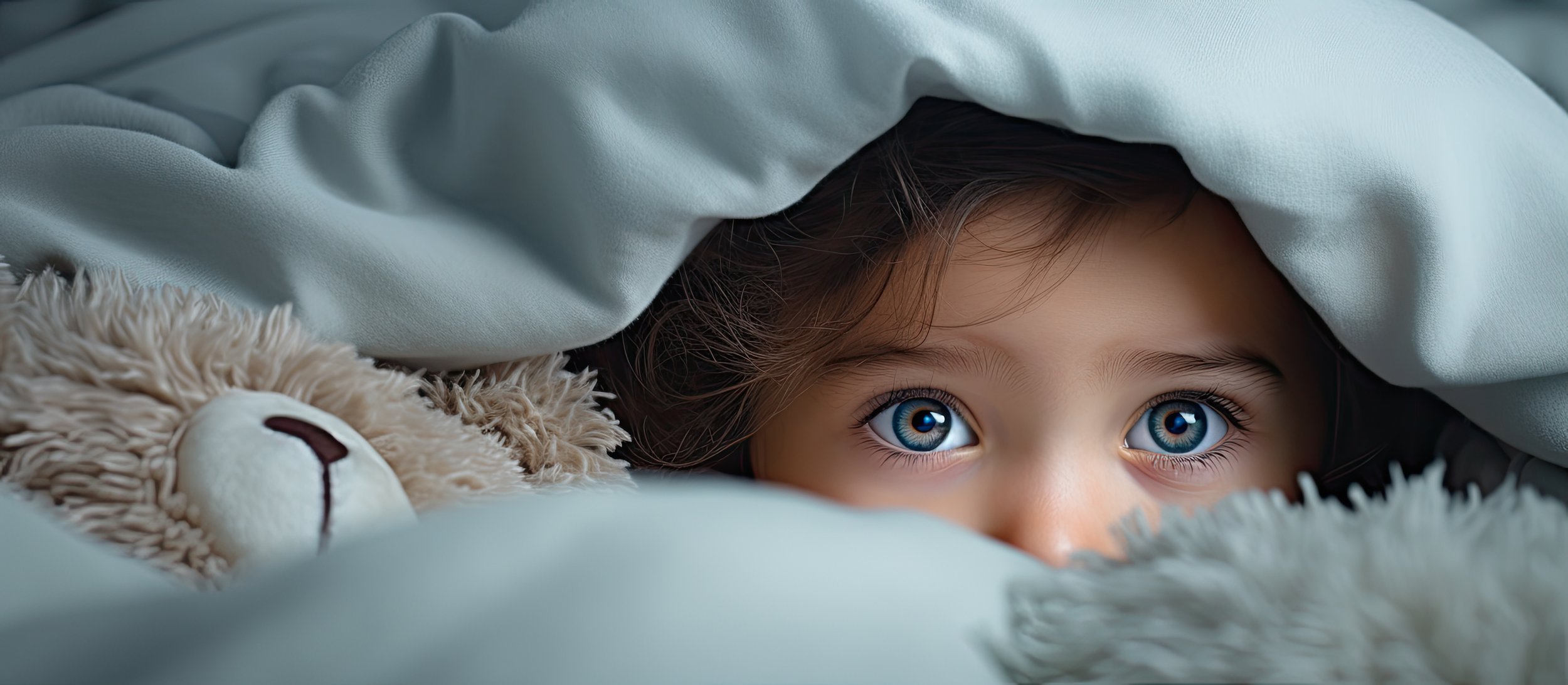Sleep and Breathing Disorders in Children: Identifying the Crucial Signs
Sleep is essential for a child's development – physically, mentally, and emotionally. Yet, far too many children suffer from sleep and breathing disorders that can have significant, lasting consequences. Understanding the hallmark signs of these disorders is the first step toward helping children get the restful sleep they need to thrive.
Physical Indicators of Sleep Breathing Disorders
Several physical characteristics can indicate an underlying sleep-breathing disorder in a child:
Breathing Muscle Issues: Weak or inefficient breathing muscles may signal a problem.
Underdeveloped Jaws: An underdeveloped upper or lower jaw can restrict airflow.
Narrow Upper Jaw: This often leads to obstructed breathing.
Dark Circles Under the Eyes: A telltale sign of poor sleep.
Lip or Tongue Tie: Restricted tongue or lip movement can affect breathing patterns.
Long, Narrow Facial Features and a Narrow Nose: May also accompany breathing difficulties.
Convex Facial Profile: The lower jaw recedes, potentially obstructing airways.
Mouth Breathing and Protruding Tongue: Indicates the child is struggling to breathe through the nose.
Enlarged Tonsils and Adenoids: Common culprits of nighttime breathing problems.
Snoring or Heavy Breathing: These are classic signs of sleep apnea.
Over-Eruption of Back Teeth: This leaves a gap where the front teeth don't touch, often due to mouth breathing.
Difficulty Falling and Staying Asleep: Disrupted breathing can lead to fragmented sleep.
Short Stature: Growth may be stunted if deep, restorative sleep is lacking.
Behavioral Red Flags
Sleep-deprived children often exhibit behavioral changes that can be easily misdiagnosed:
Difficulty Sitting Still and Hyperactivity: Constant movement can be an attempt to stay awake.
Focus and Concentration Problems: Sleep deprivation impairs cognitive function.
Aggression, Impulsivity, and Interruptions: Tired children often struggle with emotional control.
Talking Out of Turn: Symptom of impulsivity caused by lack of sleep.
Anxiety: Uncertainty from chronic tiredness can fuel anxiety.
Trouble with Literacy: Learning requires focus and memory that are affected by poor sleep.
The ADHD Connection
The resemblance between ADHD symptoms and those caused by sleep deprivation can be striking.. Approximately 25% of children diagnosed with ADHD may actually be suffering from untreated sleep problems. Correct diagnosis is critical; treating behavioral symptoms with medication when the underlying issue is a sleep-breathing disorder is not only ineffective but potentially harmful.
The Importance of Early Recognition
If you notice any of these signs or symptoms in your child, don't hesitate to consult with a pediatrician or sleep specialist. Early intervention can profoundly impact a child's overall health, development, and well-being.
Helping children achieve healthy sleep is one of the best ways to ensure they reach their full potential.

